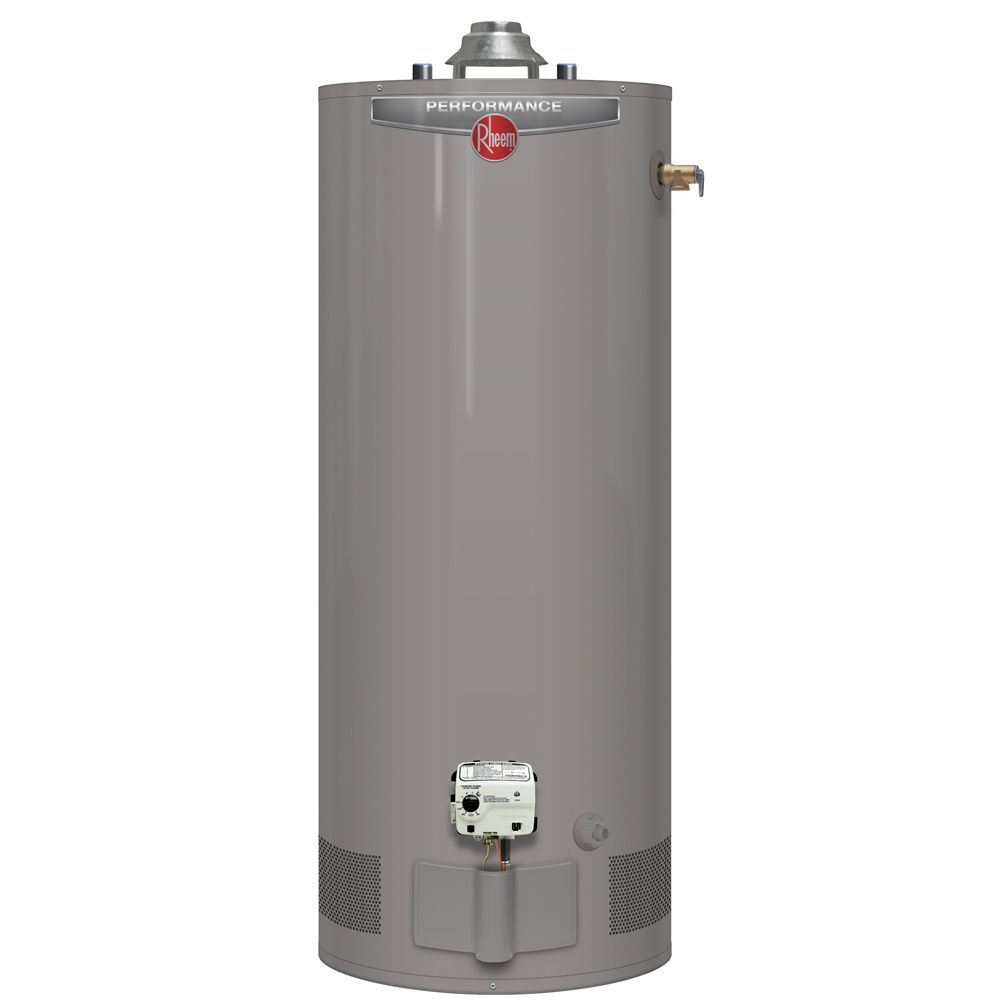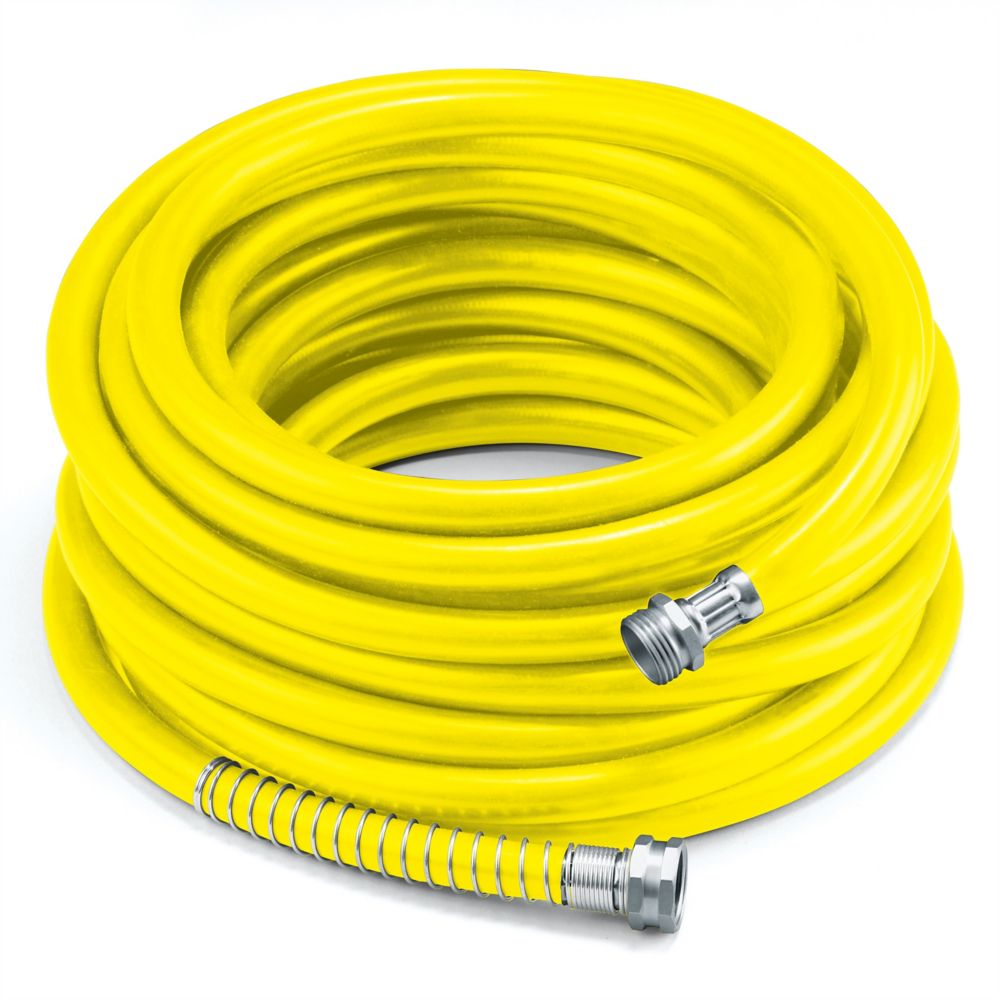Table of Content
The D-Link DCH-S1621KT Whole Home Smart Wi-Fi Water Leak Sensor Kit is the best all-around leak detector we tested. It reliably delivers fast alerts when water is present, both with an audible alarm and push notifications to your smartphone. The kit includes a plug-in hub with an epically loud siren and also comes with an optional water-sensing cable so you can monitor a range around the outlet. The kit can scale for small or large homes, too, since the hub can support up to 16 add-on battery-powered remote sensors for keeping tabs on water heaters, sinks, washing machines, toilets, and other vulnerable areas. Admittedly, the D-Link DCH-S1621KT has a few shortcomings, but it’s still the best smart leak detector currently out there.

The Watchdog has a 110-decibel alert sound, which is louder than what many of the more costly water leak detectors offer. At 3.5 by 1.12 inches, the Phyn Smart Water Sensor is too big to slide under appliances, which means you’d probably be inclined to add the optional Extension Node ($10) or Sensor Cable ($25). However, in our testing it took about 24 hours to send an alert regarding power and connectivity issues, which may be problematic. One of the things we loved about the D-Link hub in our tests was how quickly it alerted us when it lost power. When the add-on Sensor Pods lose power, the app doesn’t alert you directly, which we think is a problem. Although you can see that the sensor is disconnected in the app, you have to be looking at the app in the first place to notice.
Watchdog Water Alarm
The few times it triggered during that period were due to splashes from cleaning or the bathtub, which assured us that the device was still working. We had one incident where a shower triggered it, too, but we discovered that we had set our humidity alerts too low. Soon we will start testing the YoLink Water Leak Sensor 2, which features a 4.2-foot water-sensing cable that you can expand up to 10 feet, as well as a 105 dB siren plus support for Alexa and IFTTT.

If you notice your utility bills are rising but can't find a leak in your home, you may have an underground water leak caused by shifting soil, damage from pests or normal wear and tear. To install a water detection system, you typically place a sensor near any system or appliance that uses water. Integrating a smart water sensor with your devices is often as easy as downloading an app.Some advanced systems require a plumber to sync the sensors and shut-off valve with your water main.
Our 7 top water detectors
It includes a plug-in hub , but it also has a removable 19-inch water-sensing cable and a 38-inch extension cord to lengthen that cable’s reach. In addition, the kit comes with a matchbox-sized remote battery-operated sensor that connects wirelessly to the hub from up to 300 feet away. The hub can connect with up to 16 add-on sensors, responds quickly when it senses water or if it loses power, and features a loud siren.
The device requires AA batteries and has an average battery life of up to three years. If you want to power up your smart home, then you need to install smart sensors—tiny detectors that tell other smart devices what to do automatically. Our previous runner-up, the Fibaro Flood Sensor Z-Wave Plus, didn’t send us any type of disconnection notices. We also don’t love that it uses the SmartThings app, which is basic and doesn’t provide a shut-off option for the alarm. The Fibaro Flood Sensor HomeKit model is almost identical, except that it uses Bluetooth, so in our tests it didn’t respond as quickly at a distance. Also, if you want alerts when you’re out of the house, you need to have a HomeKit gateway, such as an Apple TV, a HomePod Mini, or an iPad, at home.
Our favorite underground water leak detector2M Ultrasonic underground water leak detector
Three metal probes are located on the bottom of the main detector, which is shaped like a water drop. It also comes with an optional 4-foot cable with a sensor disc at the tip. Unlike with some of the other devices on our list, you can’t use both sets of sensors simultaneously; the cable plugs into a wall mount, which can keep the main detector from being submerged but prevents it from detecting water.
It also has an audible alarm and the option to connect to the larger Flo by Moen Smart Water Monitor & Shutoff system. Water-related emergencies and leaks often happen when the power goes off, so it’s a good idea to invest in a smart water leak detector with extended battery life. We ran tests using the probes on the actual detector as well as those on the tip of the extender cable. On average, the device’s audible alarm and tiny red LED triggered within one second, with smartphone alerts clocking in regularly at the six-second mark. We also repeatedly removed the battery and found that the app would consistently send a disconnection alert within an hour. Although the Flo device has an audible alarm, the volume is just 60 dB, according to our measurements, substantially quieter than the alarms of our other two picks .
Basement Watchdog WiFi Module
You can get a leak sensor that sets off an eardrum-piercing tone for as little as $10, but if you want smartphone alerts and the ability to check in on your sensors remotely via an app, be prepared to pay a bit more. The cost of smart water-leak sensors is all over the place, ranging between $20 and $100, and dependent on features, accessories, and manufacturer. Though some people may question the value of such devices, the cost to replace furniture, rugs, and memories is much higher, so we’ve concluded they’re a worthwhile investment for most people. You do need to place them thoughtfully, so that they are in the path of where water might flow. Some models come with cords that allow you to better reach leaky places, while others let you combine multiple devices that communicate with a hub. Ideally, you should place multiple sensors throughout your home to cover a variety of spots where water leaks might happen.

When pipes freeze, they expand — and when they expand, they can burst, resulting in a cold, expensive and overwhelming mess.
Smart-home sensors can detect leaks, frozen pipes, and open doors so that small problems don’t turn into big expenses. D-Link’s alarm is reassuringly loud, and you can silence it directly on the hub itself or through the app. It won’t permanently mute, however, if the system continues to detect water; instead the hub sends out a quick blast every 30 seconds until you clear the water. Ensure that the sensors have a stable connection to your Wi-Fi—otherwise, they won’t be able to send alerts.
You manage those contacts and alerts, as well as all other settings, using Proteus Sensor Cloud, a portal you access through a web browser. You can opt to disable the siren or set it for a specific amount of time, as well as designate how often you want the system to keep sending alerts and whether you want notifications once the water is gone. The most significant benefit of investing in a water leak detector is knowing you’re protected from potential water damage, like mold, sagging structures and other foundational issues. Not only can this damage wreck your home — it can also wreck your wallet if left unchecked. Basic water sensors only alert you if the primary sensor detects water, but having multiple plug-in sensors is typically more cost-effective than buying different leak detection systems for the various areas of your home. The Resideo Wi-Fi Water Leak and Freeze Detector was a little slower to respond to water and connectivity issues than our picks.
The sensors are placed in areas where leaks are common, such as near faucets and beneath water heaters. Grohe sensors require a Wi-Fi network, and the detector connects to the cloud to record temperature and humidity data. The device sends an alert to your phone if it detects a pipe break, microleak, frost or unusual water flow. Sencentric added a 3-foot sensing cable to the SimpleSENCE Capteur Water Leak Detector. However, both this newer model and the older detector have a not-very-loud alarm (we measured 67 dB—somewhere between a conversation and a dishwasher—on the new version), no smart-home integration, and no disconnection notices. In fact, 48 hours after we tried cutting the power in our tests, the app still claimed that we were protected with a good Wi-Fi connection.
It does have a loud audible alarm and dual sensors (one on the device and one at the end of the included 4-foot cable). Smart water-leak sensors allow you to keep tabs on water that’s being wasted. The water sensor itself is on the end of a 6-foot cable, which you can leave on its own or mount to the floor or wall via the screw holes on either side of the metal contacts. Proteus also sells a splitter ($6), so you can connect up to five sensors at once, including a sensor to monitor a sump pump. Curiously, however, the system can’t distinguish between sensors, so it sends just one general alert if it detects water.

No comments:
Post a Comment